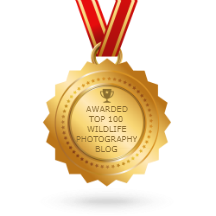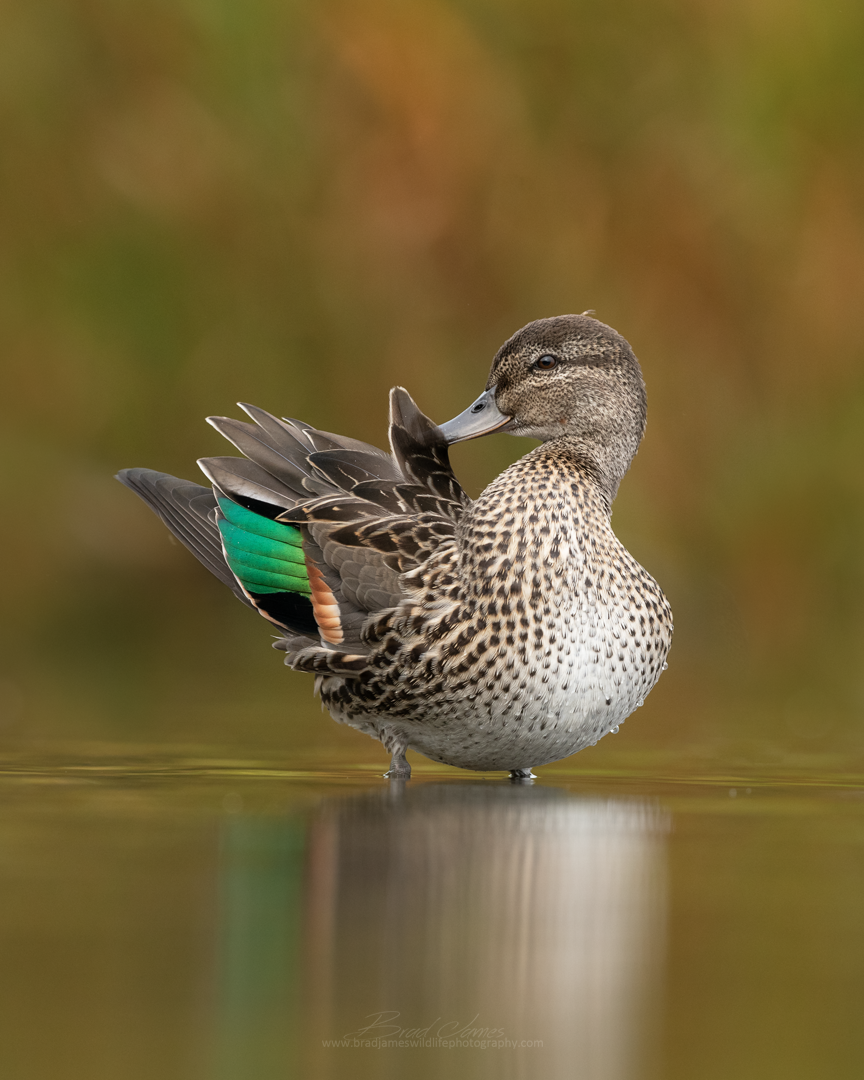Tips on Photographing Waterfowl...
After my recent guest appearance on Wildlife Inspired youtube channel with Scott Keys; where we talked about waterfowl, I thought it would be a great idea to write a blog post on this very topic. Waterfowl for me is one of my favorite forms of Wildlife Photography. I have always been drawn to water and find it very relaxing so its no wonder I enjoy spending numerous hours hanging out near lakes and ponds. Below I will list some various things to consider when doing Waterfowl Photography
Gear - For me this is the most boring topic so lets get this one out of the way. Generally you will need the longest lens in your kit but there might be times when you want a wider environmental style shot so a zoom lens like a 200-500 mm is nice. I use the Nikkor 500 mm F4 sometimes paired with my 1.4x teleconvertor giving me 700 mm on my full frame Nikon D850. I generally handhold for most of my shots since I like the freedom of movement especially when trying to approach skittish subjects. Recently I created myself a ground pod using a cheap frying pan which I mount my Jobu Jr Gimbal on (shown below). You can also use a tripod that allows you to get low, these typically include ones without a center column. One thing I hated about using a tripod is the fact that most surfaces aren’t level where you will be shooting, so often times it is difficult to get the legs in an area that would allow the tripod to be extremely low. Since the ground pod covers less space and has no legs for you to have to contend with it makes for the perfect support system in my eyes.
Besides your camera gear you will want to wear clothes that you don’t mind getting dirty. Since we want the lowest angle possible it means you will be crawling around in the dirt; or sometimes half in the water. I recommend some type of wet clothes or chest waders. Recently I have been wearing chest waders for all my waterfowl outings even when I don’t plan on being in the water. Having them on protects my clothes from getting dirty and it allows you to get into places you typically wouldn’t have gotten if you didn’t have them on..you also never know when an unexpected subject appears which requires you to get into the water to get that perfect shot (this happen to me this past summer when 5 Wilson Snipe appeared out of the reeds at a local lake..I was able to belly crawl through a small stream to get this shot)
Camera Settings - To be honest this is not an easy topic to cover since really the camera settings all depend on the light and the type of shooting situation you are in. But for general purposes I like to use the following base settings. For ducks just wading in the water I use a shutter speed of 1/400s or higher, an aperture of F5.6, and the ISO could be anything in order to get the proper exposure. For preening waterfowl or in-flights I like to be up around 1/1600s or higher for my shutter speed.
The Approach - Waterfowl are very keen about their surroundings and often wary about movement. When heading out to photograph waterfowl I tend to arrive at a location before sunrise which allows me to get into position without being noticed. For very skittish subjects I will use a pull over blind but generally I find if you stay motionless in one spot (in a laying position) your subject will not see you as a threat. Each subject is different so you need to study their behaviors and tendencies. Take for example diving ducks like this female Long Tailed Duck which I spotted in an estuary not far from my home.
When I first spotted her I took note of how long she dove, then timed my approach to the shoreline during each dive. This allowed me to get into the shooting position I wanted without spooking her.
There may also be situations where the use of a Kayak or floating hide can work to your advantage as well but this is something I have not practiced myself but hope to in the near future.
Shooting Angle - LOW LOW LOW…I say it all the time that a low shooting position is key. This means laying flat on your stomach at the end of lake or pond. Keep in mind that even if you are laying flat at the edge of a body of water the bank you are on might be a foot or so above the water. In those cases getting into the water with chest waders will help get the desired low angle. Below you can see that at this location I can literally be inches off the water without actually getting in.
There are exceptions to this rule and for me these are situations when the light reflecting in the water is a key element and we want to draw more focus to this. This is when I will raise my shooting position SLIGHTLY..maybe a foot but not much more. Below are two examples of where I shot slightly raised to draw attention to the water colors
But as anything with art it is all subjective and we shouldn’t always follow rules…so try different angles at times to see if you can find something creative…
Weather - The best type of weather I find for waterfowl is when the wind is low (allowing for nice still water to reflect the surrounding foliage) and semi cloudy days. Something around 30-40% cloud coverage.
This allows for nice colors in the water if there lot of foliage to reflect into the water and hopefully the little cloud you do have mutes out the sun once it gets too intense.
Cloudless days work great for those first rays of light if you have a location that is open to the horizon and lets the light in
but once that first 30 mins to an hour is over, its time to move on as the light will be too harsh to capture anything decent. For me personally I will rarely ever photograph waterfowl on overcast days. Why is that you ask? Well since we would be photographing our subjects on water it will be reflecting the flat grey sky above resulting in grey/metallic colors in the water like this shot of an Eurasian Wigeon
Now with that said I have photographed on overcast days with waterfowl but it is when the wind is dead calm and it would be at a location that is surrounded by high foliage that will reflect into the water instead of just a flat grey/metallic reflection. Seen below is a shot of a Tufted Duck taken on an overcast day
Though I like to photography on more clear days shooting in the rain or snow can provide some unique shoots as well. The key with those situations is again to have a location with lots of foliage or dark elements in your background to highlight the falling snow or rain. Also during those times try different shutter speeds as slowing things down to 1/60 or maybe even 1/100s can help the falling perception look more pleasing. Below is a female Eurasian Wigeon on a snowy day in December.
Creating Interest - There are a few key moments I feel with waterfowl that can help create moments of interest in your images. The first and probably the most obvious is during preening. When your subject decides its time to clean when you should focus in on this individual as they will batheing and cleaning their feathers which can provide some unique poses and displays of feather detail that you wouldn’t normally see as they glide along the water.
This female Green-winged Teal is a great example with her feathers spread out revealing the stunning colors beneath that are often hidden.
Another opportunity to create interest is between moments of interactions between subjects. This American Wigeon pair for example where the female appears to shy away from the male who was attempting a kiss.
Waterfowl Photography can be difficult and frustrating at times so I hope that you find these tips useful and perhaps you give them a try on your next outing. If you haven’t signed up to my Newsletter yet, I invite you to do so at the top of the page. My Newsletter contains bonus photography tips, plus any upcoming deals on my eBook and it is also a great way to be notified when I post new content.














